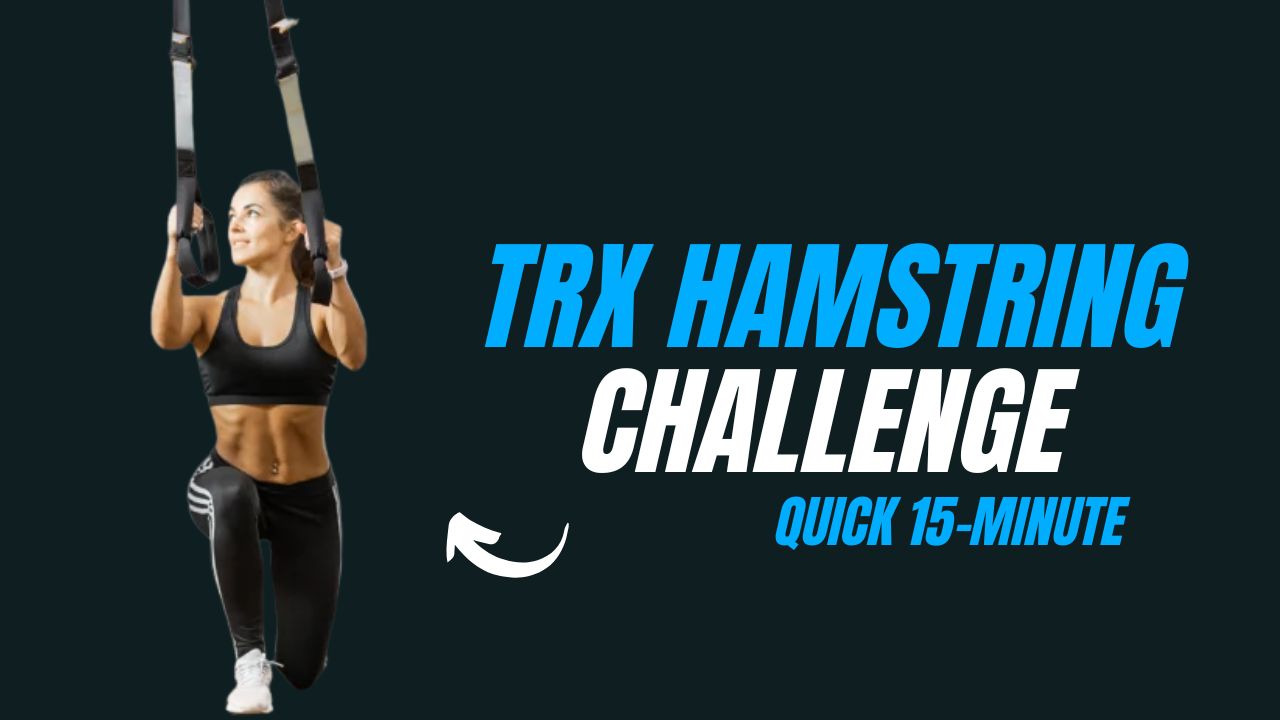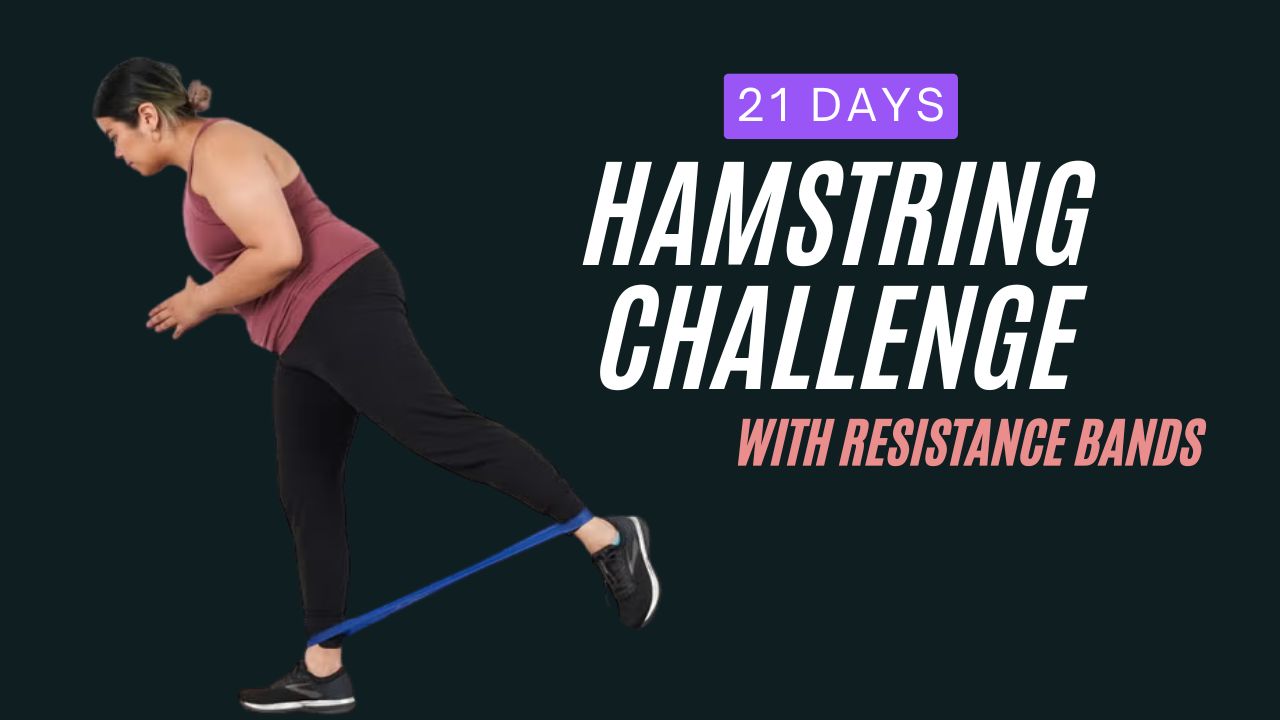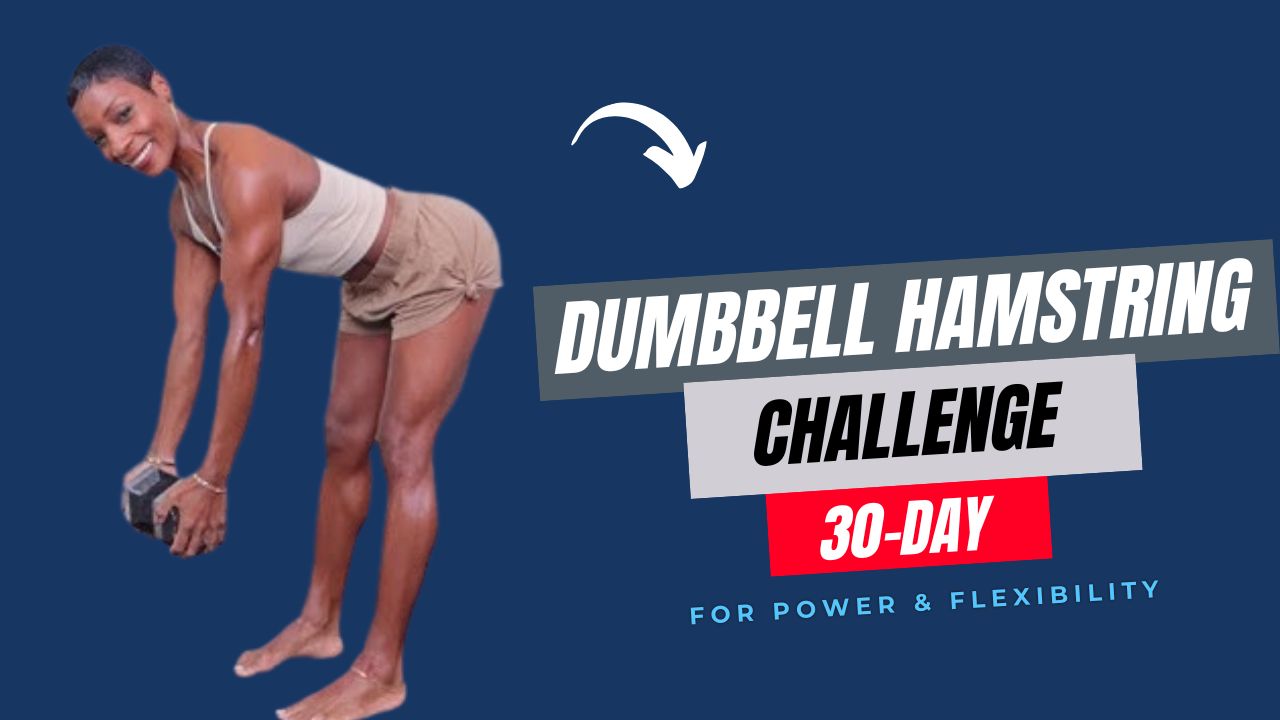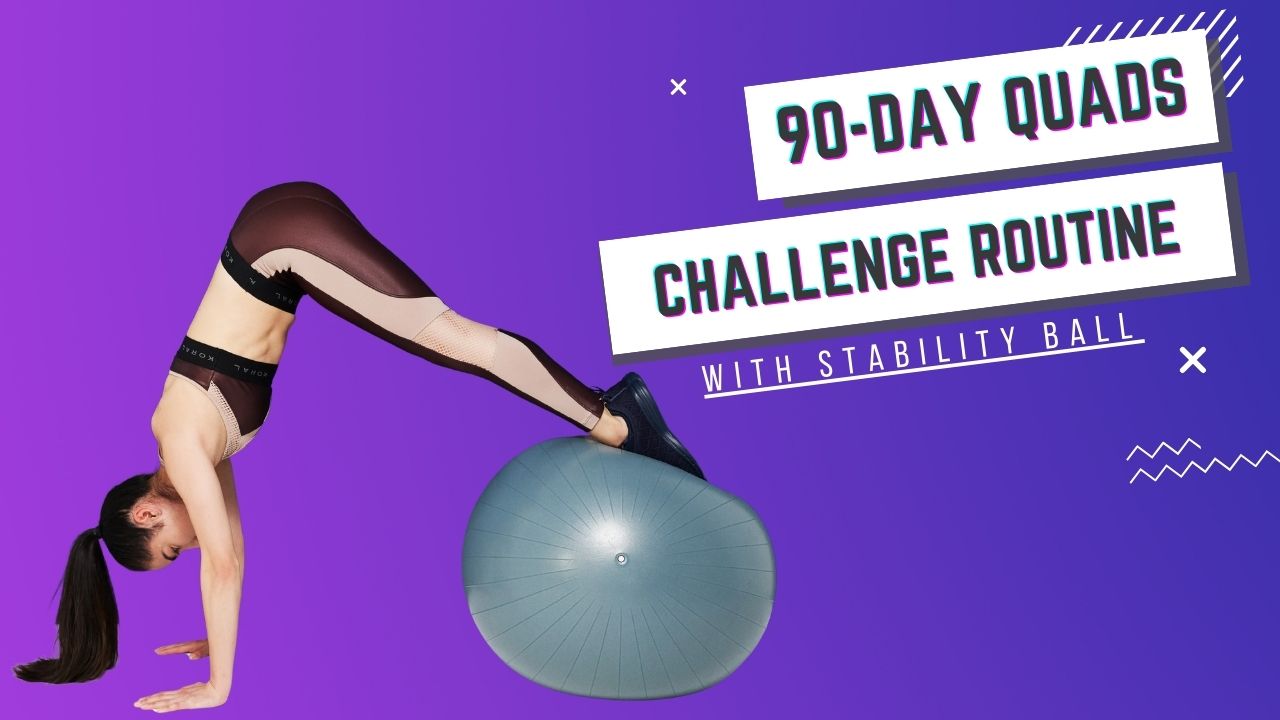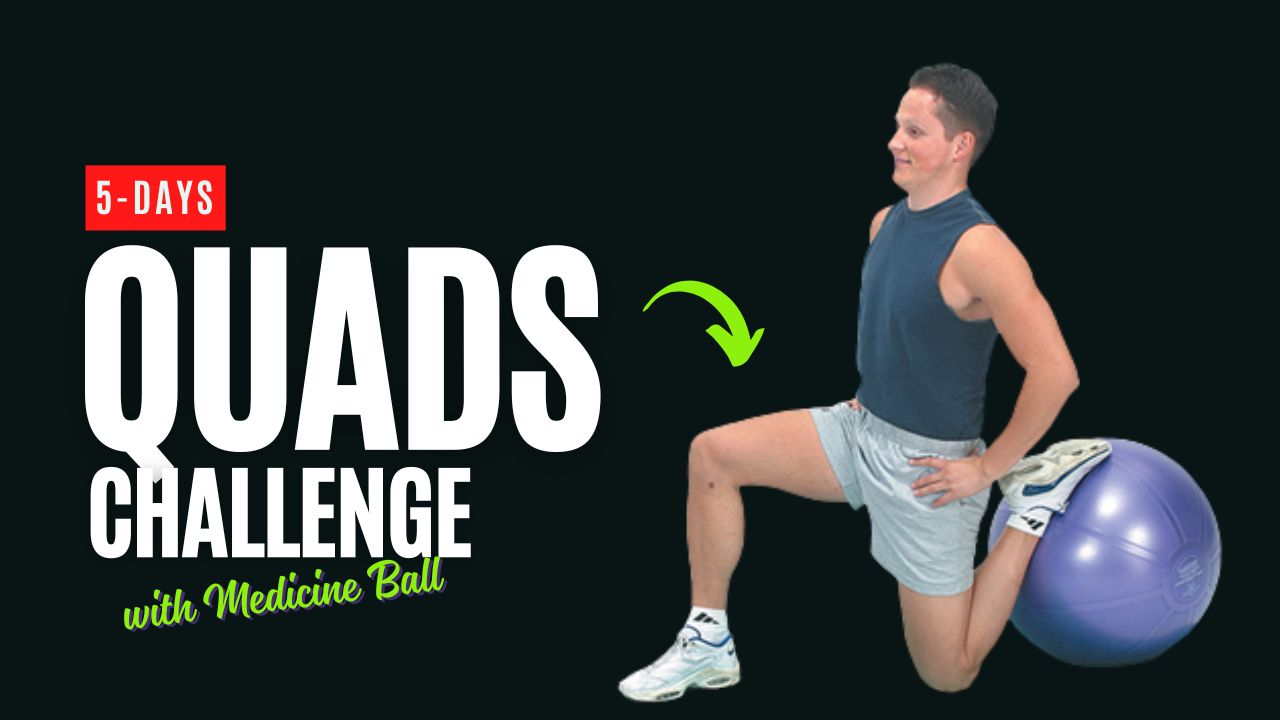Most people assume the pull-up bar is strictly an upper-body tool. But here’s the twist: it’s also a surprisingly effective piece of equipment for training your lower back — a muscle group essential for posture, spine health, and overall core strength.
In a world full of back pain complaints and sedentary routines, unlocking the power of the pull-up bar can be a game changer.
Whether you’re an athlete, a desk worker, or someone just beginning their fitness journey, targeting the lower back can lead to better stability, reduced injury risk, and enhanced overall performance.
Let’s break the myth that you need heavy weights or fancy machines to build a strong lower back. Below are 6 pull-up bar exercises that require nothing but your body and gravity — and they work.
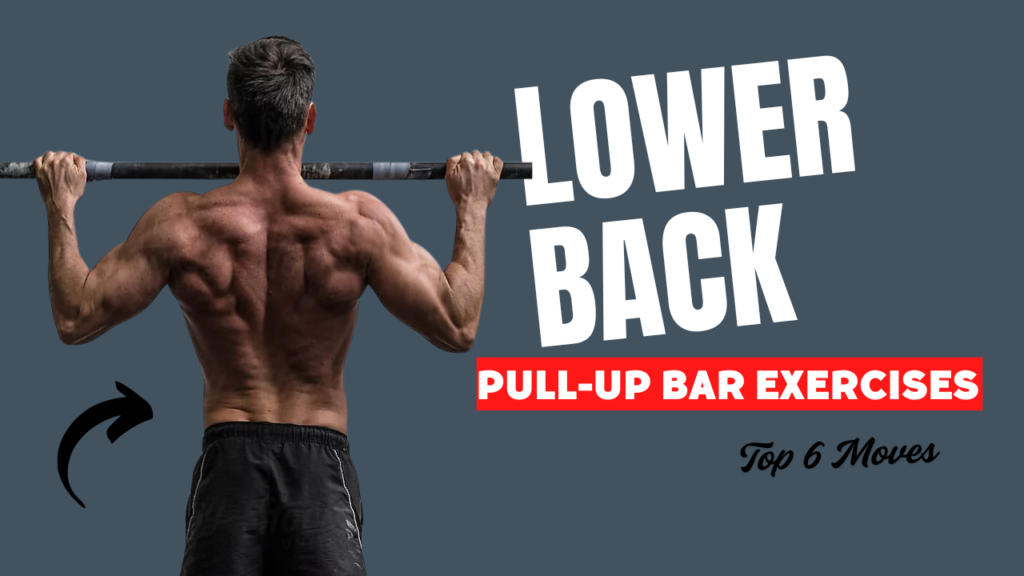
Table of Contents
What Can Happen After 30 Days of Pull-Up Bar Lower Back Exercises
| Positive Outcomes | What to Watch For |
|---|---|
| Noticeable improvement in lower back strength and stability | Mild muscle soreness in the initial weeks |
| Enhanced posture and spinal alignment | Possible form breakdown if done without focus |
| Reduced fatigue or tightness during long sitting hours | Risk of overtraining if rest is ignored |
| Improved core control and balance during other exercises | Imbalance if paired with no core or glute work |
| Better mind-muscle connection with back and core muscles | Boredom or plateau without progression or variation |
| Increased endurance in hanging and pulling motions | Potential hand/grip fatigue if not alternated with recovery |
| Boosted confidence in bodyweight training | Risk of injury if using a shaky or unstable bar setup |
Do’s & Don’ts of Pull-Up Bar Lower Back Exercises
| Do | Don’t |
|---|---|
| Warm up your spine and core before hanging exercises | Don’t jump straight into the exercises with a cold body |
| Focus on slow, controlled movements | Avoid swinging or using momentum |
| Keep your core and glutes engaged to protect your spine | Don’t let your lower back overextend or collapse |
| Start with easier variations if you’re a beginner | Don’t push yourself into advanced moves too early |
| Use a sturdy and secure pull-up bar setup | Don’t hang from unstable or poorly mounted bars |
| Listen to your body and rest if you feel strain or sharp pain | Don’t ignore pain or warning signs during training |
| Incorporate these exercises 2–3 times weekly for consistency | Don’t overtrain your lower back every single day |
| Maintain proper form throughout each rep | Don’t rush through reps just to complete the set |
6 Best Pull-Up Bar Lower Back Exercises
1. Hanging Leg Raises (with Controlled Back Engagement)
What It Targets:
- Lower back stabilizers
- Hip flexors
- Lower abs
How To Do It:
- Grip the pull-up bar shoulder-width apart with your palms facing away.
- Hang with your body fully extended.
- While keeping your core tight, raise your legs straight out in front of you to at least hip height (or higher).
- Focus on engaging your lower back muscles to stabilize your torso as the legs move.
- Lower your legs back down with control.
Tip: Don’t swing. Momentum cheats your back out of the work.
Why It Works: The act of keeping your body still during leg raises forces your lower back to fire constantly, improving endurance and posture.
2. Hanging Superman Holds
What It Targets:
- Erector spinae
- Glutes
- Upper and lower back stabilizers
How To Do It:
- Hang from the bar as usual.
- Slightly arch your back while lifting your chest and legs backward (creating a “Superman” shape).
- Hold for 5–10 seconds per rep.
- Relax briefly and repeat.
Do You Know?
Static holds like this are often overlooked but extremely powerful for building deep back strength and control.
Why It Works: The arching motion mimics the floor-based superman exercise but challenges the body even more in suspension.
3. Hanging Reverse Crunches with Tilt
What It Targets:
- Lower abs
- Hip flexors
- Lower back (as a stabilizer)
How To Do It:
- Hang with your knees bent.
- Pull your knees up toward your chest.
- At the top, tilt your hips slightly upward — this small movement deeply activates the lumbar spine and surrounding muscles.
- Lower slowly.
Interesting Fact:
That little tilt at the top helps activate the lumbar flexors and deep spinal stabilizers that standard crunches often miss.
Why It Works: It isolates the lower back in a protective yet strengthening way.
4. Hanging Knee Twists (Oblique + Lower Back Combo)
What It Targets:
- Lower back
- Obliques
- Transverse abdominis
How To Do It:
- Hang from the pull-up bar.
- Raise your knees toward your right side, twisting slightly.
- Lower and repeat on the left.
- Focus on slow, controlled movements.
Why It Works: This rotation movement recruits not only your obliques but also your lower back to stabilize the twist. It mimics the natural movement of the spine, training functional strength.
Bonus Benefit: Great for athletes who rotate (think: tennis, golf, boxing).
5. Scapular Shrugs with Arch
What It Targets:
- Upper and lower traps
- Rhomboids
- Lower back stabilizers
How To Do It:
- Hang from the bar with arms straight.
- Without bending your elbows, squeeze your shoulder blades down and together.
- As you do this, allow a slight backward arch of the spine.
- Hold for a second, then return to neutral.
Myth Breaker:
Scapular shrugs are not just for the upper back. When done with proper spine positioning, they activate entire posterior chain support muscles.
Why It Works: Activating these smaller stabilizers builds the foundational control needed for all compound movements involving the back.
6. Hanging Flutter Kicks (Back-Safe Core Burner)
What It Targets:
- Hip flexors
- Lower back (isometrically)
- Abs
How To Do It:
- Hang from the pull-up bar with a strong grip.
- Lift your legs slightly off the ground and begin flutter kicks — one leg up, one down — in a fast but controlled manner.
- Keep your back straight and avoid swinging.
Why It Works: Though it may look like a core exercise, your lower back stays fired up to maintain alignment and resist swinging.
Did You Know?
Engaging your back during flutter kicks improves your spinal endurance — a key for prolonged physical activity.
Final Thoughts: Why Your Lower Back Deserves More Attention
Injury prevention, better posture, enhanced movement control — it all starts with a strong lower back. Yet, most people skip it or isolate it using machines.
These 6 pull-up bar exercises allow you to strengthen your lower back naturally, using your own body weight and gravity — and no gym required.
Incorporate 2–3 of these moves into your weekly routine, especially on core or pull days. With consistency, you’ll notice stronger posture, reduced back fatigue, and better performance across all other exercises.
Frequently Asked Questions (FAQs)
Can a pull-up bar really help strengthen the lower back?
Yes. While it’s commonly associated with upper-body workouts, a pull-up bar can also engage the lower back muscles through hanging exercises that require stabilization, arching, or controlled leg movement. These exercises build strength in the erector spinae and other spinal stabilizers.
Is it safe to train the lower back using bodyweight exercises?
Absolutely — as long as the exercises are performed with proper form. Bodyweight movements using a pull-up bar are generally lower impact and can be safer than lifting heavy weights, especially for beginners or those recovering from injury. However, warming up and controlled movements are essential.
How often should I do these exercises for best results?
For most people, training the lower back 2–3 times per week is effective. You can either do these exercises as a dedicated core/back session or incorporate 2–3 of them into your pull or full-body workouts.
Do I need to go to a gym for these exercises?
Not at all. All the exercises listed can be done at home with a sturdy doorway or wall-mounted pull-up bar. Just make sure the bar is secure enough to support your full body weight.
What if I feel back pain during the exercises?
Discomfort and fatigue are normal, especially if you’re new to lower back training. But sharp pain or nerve-like sensations (tingling, shooting pain, etc.) may indicate improper form or pre-existing issues. In that case, stop immediately and consult a professional before continuing.
Are these exercises suitable for beginners?
Yes, but beginners should start with shorter holds, fewer reps, and a focus on form. It’s also wise to build up basic core strength before doing more advanced hanging variations. Using assistance bands or performing partial movements can help ease into the routine.
Can these exercises improve posture or reduce back pain?
Yes. Strengthening the lower back can contribute to better spinal alignment, posture correction, and even relief from certain types of chronic lower back pain — especially those caused by muscle weakness or imbalance. That said, always get a professional diagnosis before treating pain through exercise.





